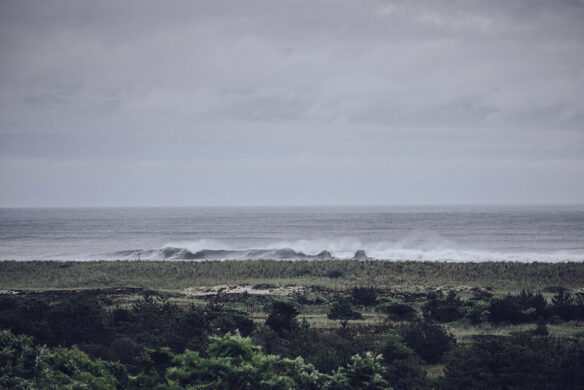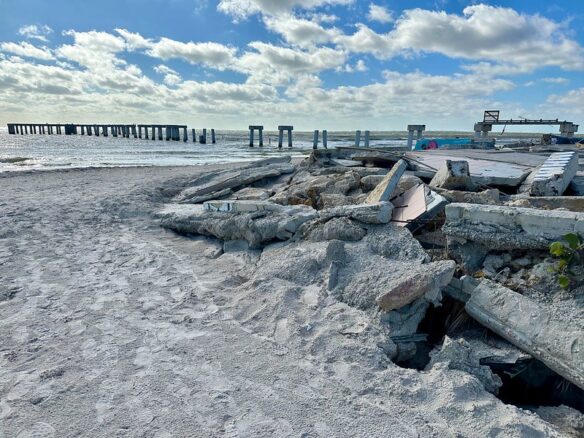Excerpt:
In the Great Pacific Garbage Patch, plastic creates strange communities that bring coastal and open-ocean animals together.
Plastics floating in a massive “garbage patch” in the Pacific Ocean are home to strange new mixes of coastal and marine species that might increase the odds of biological invasions wreaking havoc on nearby ecosystems.
Scientists have long known that critters such as worms, crustaceans and mollusks could make their home on plastic debris. Animals have even crossed the Pacific Ocean on these makeshift rafts after a devastating tsunami struck Japan in 2011. But new research published on April 17 in the journal Nature Ecology & Evolution adds two details that could be concerning for existing ecosystems. First, it finds that plastic is providing a home for coastal species to thrive in the open ocean thousands of miles from shore. Second, some of these species are reproducing despite the alien environment.
“It’s probably one of the least-known environments, the sea surface,” says Martin Thiel, a marine biologist at Catholic University of the North in Chile, who was not involved in the new research. “It’s a very, very particular community that we are disturbing now at a massive scale.”
For the new study, researchers identified species living on just more than 100 pieces of plastic that were fished out of the so-called Great Pacific Garbage Patch—a region in the northern Pacific Ocean where currents converge to deposit an estimated 79,000 metric tons of plastic debris. The scientists identified 484 invertebrates from a surprising range of species on the plastic. Many of these animals were species that are more commonly found near coastlines of the western Pacific. These coastal species included “moss animals” or bryozoans, jellyfish, sponges, worms and other organisms.
“I just remember the first time [study co-author] Jim [Carlton of Williams College and Mystic Seaport Museum] and I pulled out a piece of plastic and saw the level of coastal species present, we were just blown away,” says Linsey Haram, lead author of the study. Haram, who was a research associate with the Smithsonian Environmental Research Center during the study, specializes in marine ecology…








